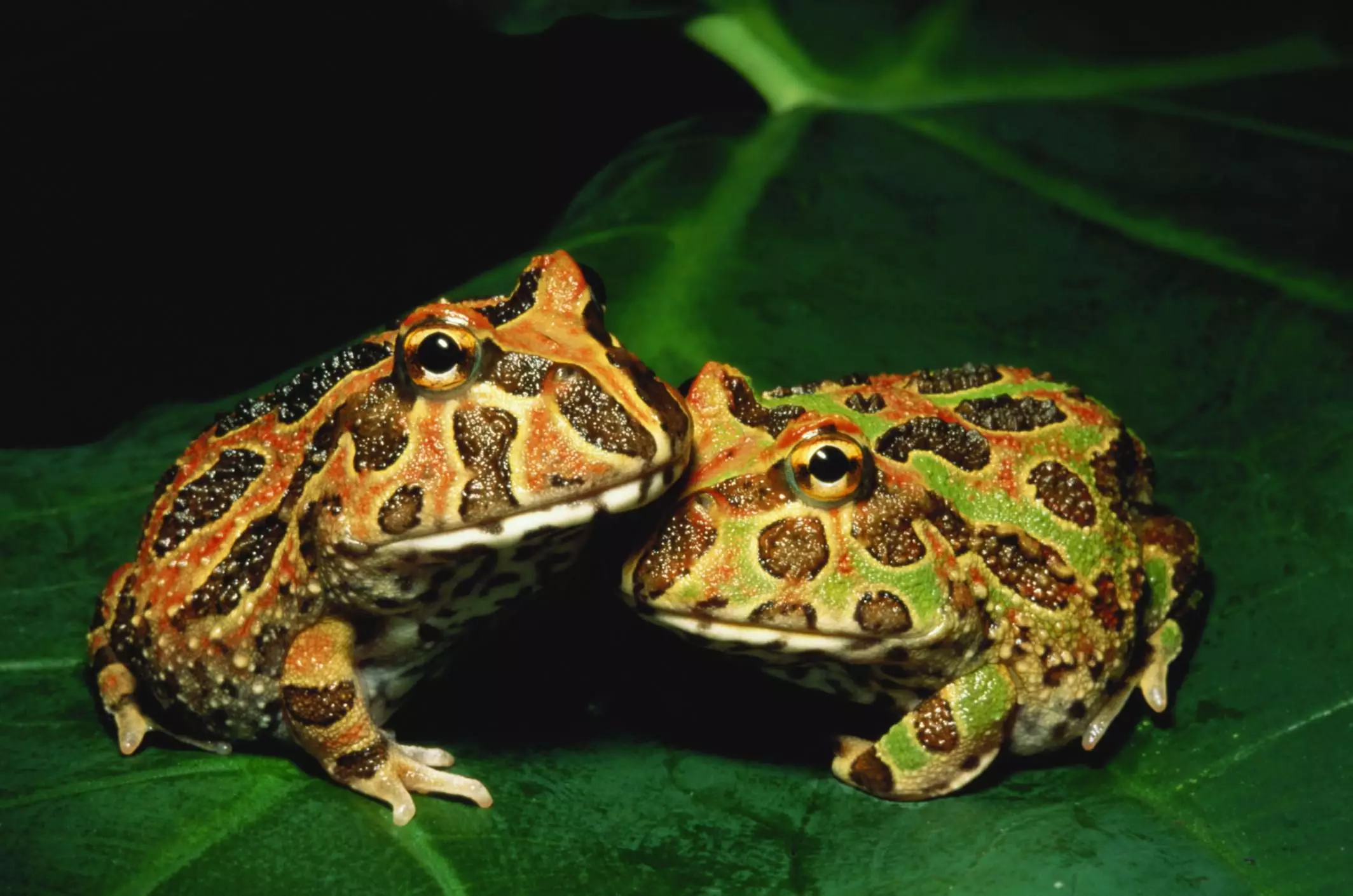Originating from South America, Pacman frogs, scientifically known as *Ceratophrys ornata*, have made a name for themselves both in the wild and as exotic pets. Their resemblance to the iconic Pac-Man character—rounded bodies and oversize mouths—grants them an endearing appeal among amphibian lovers. While not particularly interactive or active, these creatures are often celebrated for their unique appearance and relatively straightforward care requirements. This guide delves deep into the characteristics, care, and health of Pacman frogs, providing potential owners with essential knowledge before bringing one into their home.
Adult Pacman frogs typically grow to about 6 inches in size, with females often larger than their male counterparts. Their bulbous bodies are as wide as they are long, making them compelling to observe, albeit not the most graceful when it comes to swimming; these amphibians are strictly terrestrial. Their docile nature renders them suitable for enthusiasts who appreciate a calm companion rather than an interactive pet. However, it’s essential to note that wild Pacman frogs can exhibit defensive behavior, including biting when threatened, which further emphasizes the need for gentle handling.
These amphibians possess voracious appetites that match their size. Their feeding habits can be particularly entertaining; they will often attempt to consume any item that moves within their vicinity, making for a striking display of predatory behavior. However, their diet should be carefully managed to prevent obesity—an important consideration for potential pet owners.
When it comes to housing a Pacman frog, a 20-gallon tank suffices, as they do not require extensive space due to their sedentary lifestyle. Enclosure setup is crucial to their well-being. It is advisable to use a cage with a secure lid to maintain optimal humidity levels, which should fall between 50% and 80%. The substrate can vary from paper towels to smooth rocks, but it is vital to include leaf litter or moss to facilitate burrowing and hiding.
An essential part of their habitat is a shallow water dish that allows the frog to soak without the risk of drowning. This dish should be located in a warmer area of the tank to prevent the water from becoming too cold. Additionally, keeping the temperature around 82 degrees Fahrenheit during the day and allowing it to drop to about 78 degrees Fahrenheit at night will promote a comfortable environment for your Pacman frog.
Pacman frogs are known for their easy-to-meet dietary needs. For smaller frogs, the diet typically consists of insects like crickets and mealworms. As they grow, they can be introduced to larger prey, including pinkie mice or feeder fish, ensuring that larger frogs are fed only every few days to maintain a healthy weight. Observing your frog’s condition is essential; if it appears overweight, it’s necessary to cut back on feeding frequency.
Proper nutrition can impact overall health, and a varied diet can prevent potential health issues. Introducing occasional treats, such as smaller frogs or guppies, can stimulate their hunting instincts but should not dominate their diet.
Even with proper care, Pacman frogs can encounter health issues, ranging from bacterial infections to respiratory ailments due to inadequate humidity or temperature extremes. Symptoms like lethargy, wheezing, or visible skin imperfections warrant immediate veterinary attention. Regular veterinary check-ups, including fecal exams, can prevent parasitic infections that could compromise your pet’s health.
Maintaining a clean habitat is equally important; ammonia buildup from waste can lead to poisoning and is fatal if left unchecked. Consequently, regular cleaning routines will not only ensure a healthy environment but also contribute to your frog’s well-being.
Selecting a healthy Pacman frog should involve looking for clear-eyed animals with no visible skin lesions. Ideally, observing the frog’s feeding habits prior to purchase is recommended, as a lack of appetite may indicate underlying health issues. Opting for captive-bred individuals possesses benefits, including a reduced likelihood of parasitic infections commonly found in wild-caught specimens.
While Pacman frogs do not provide the interactive experiences some pet owners seek, they offer an awe-inspiring and low-maintenance option for amphibian enthusiasts. By adhering to proper housing, dietary, and health guidelines, owners can enjoy the unique charm and tranquil presence of these fascinating creatures for years to come.

